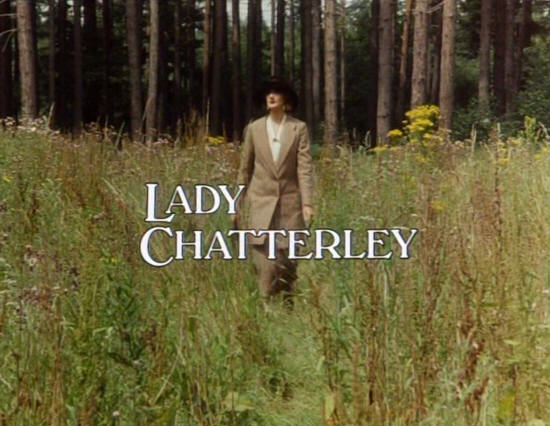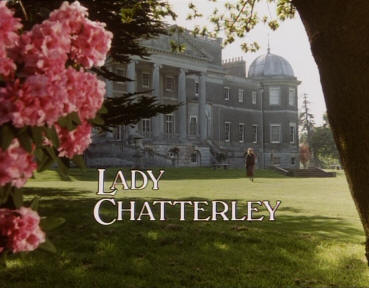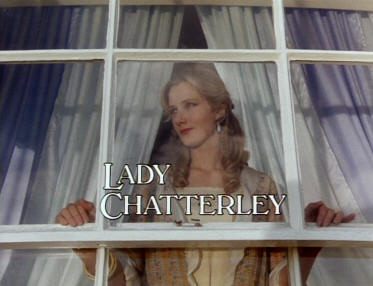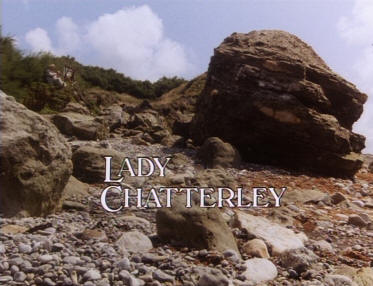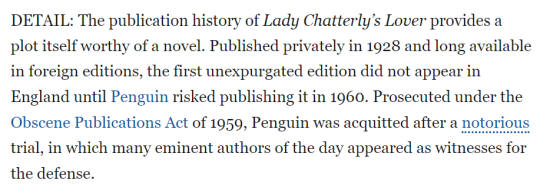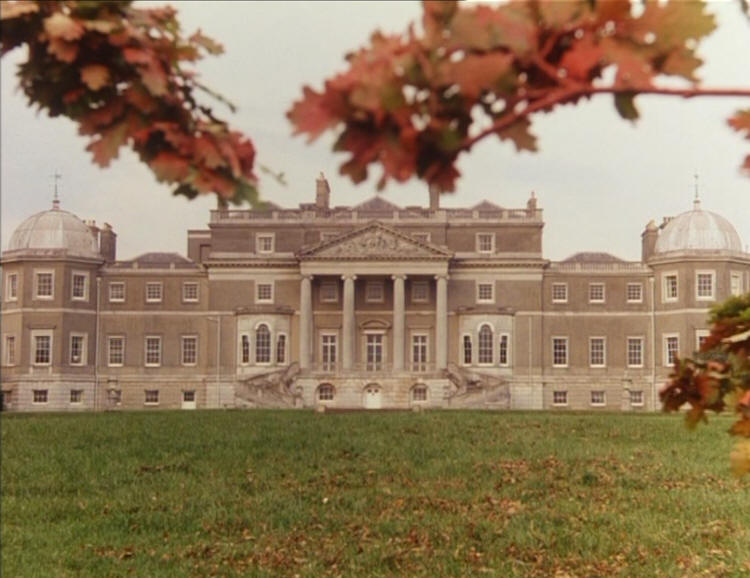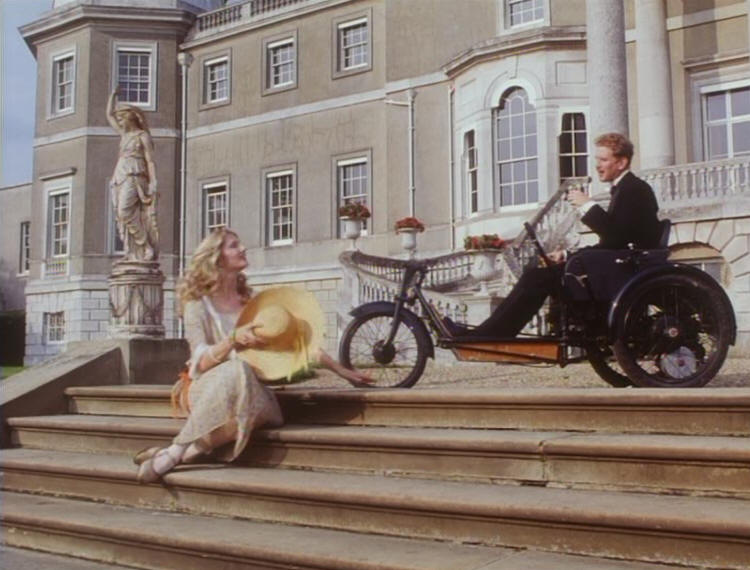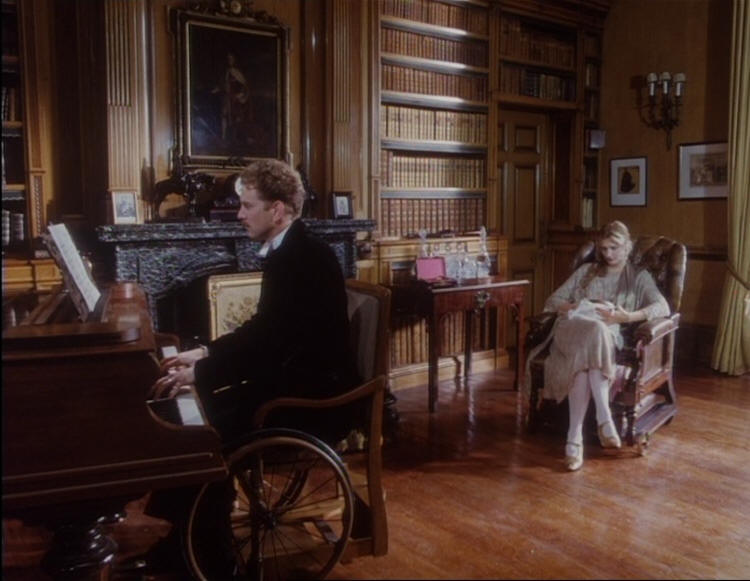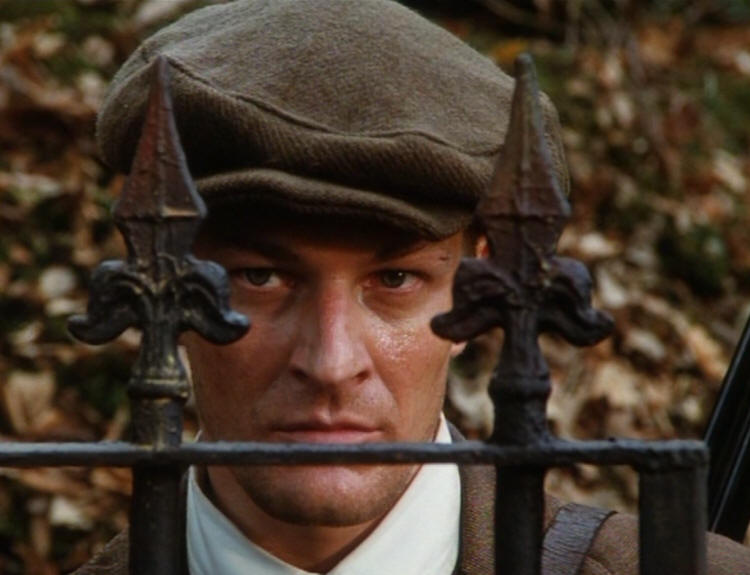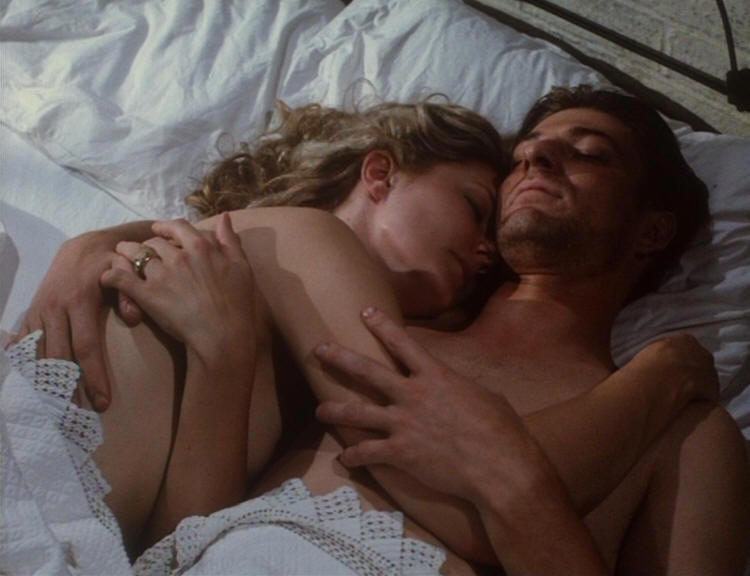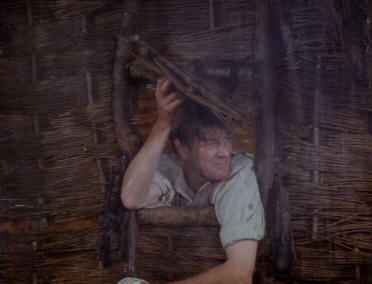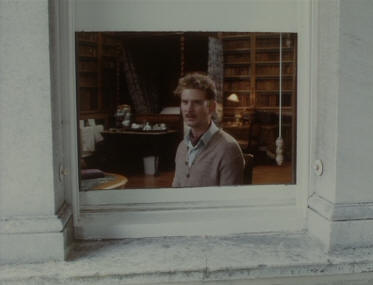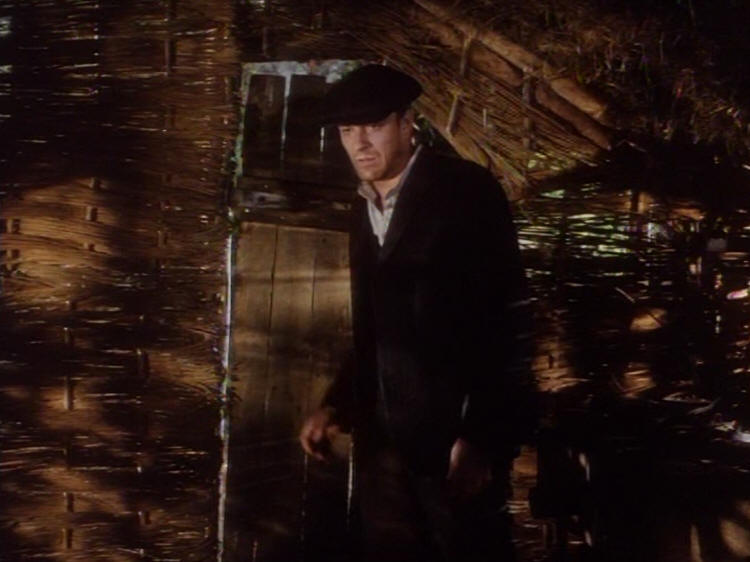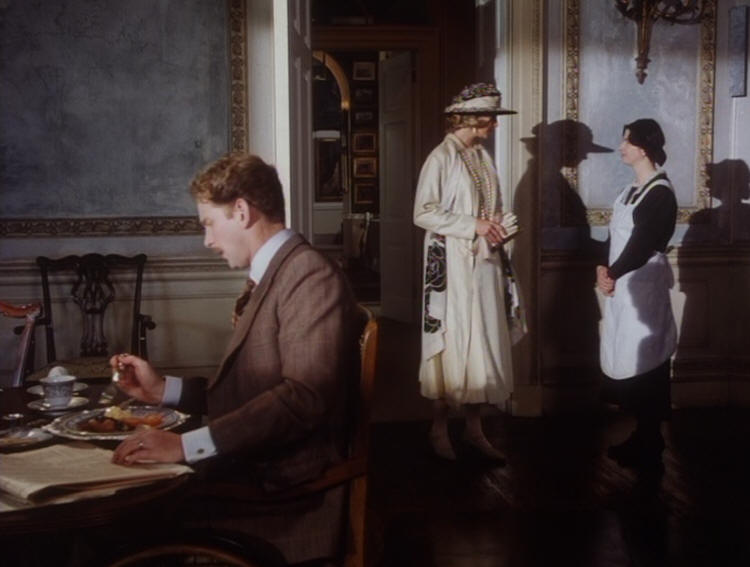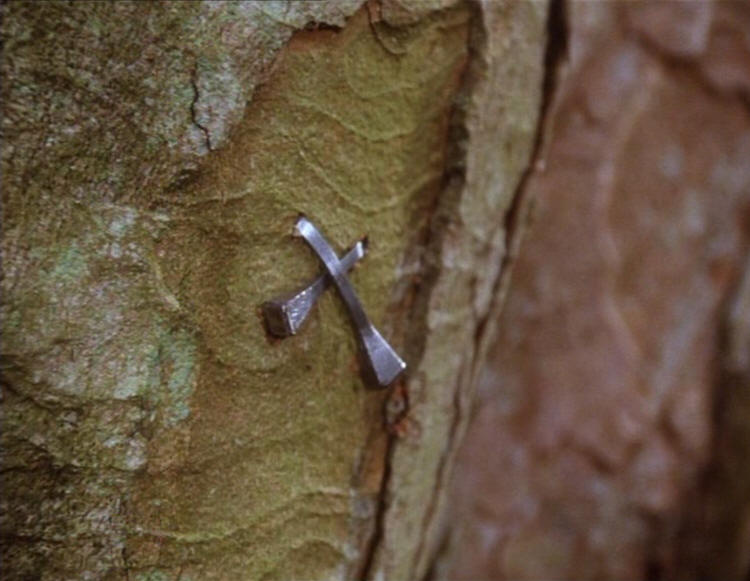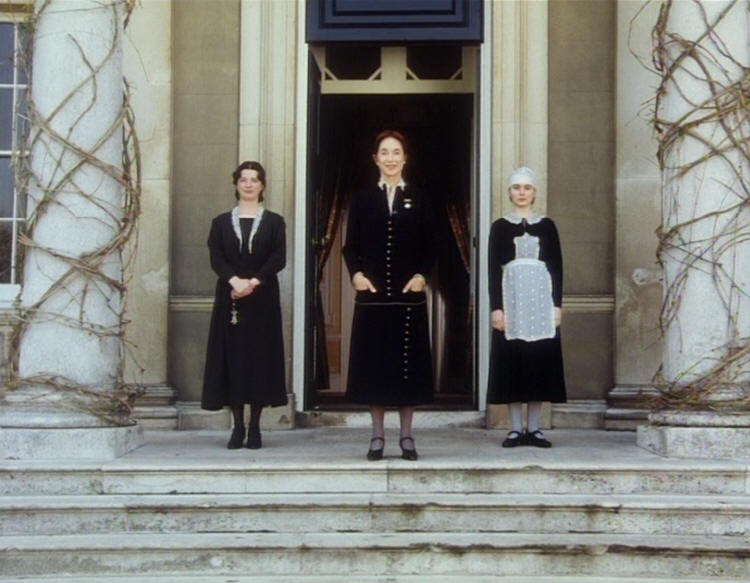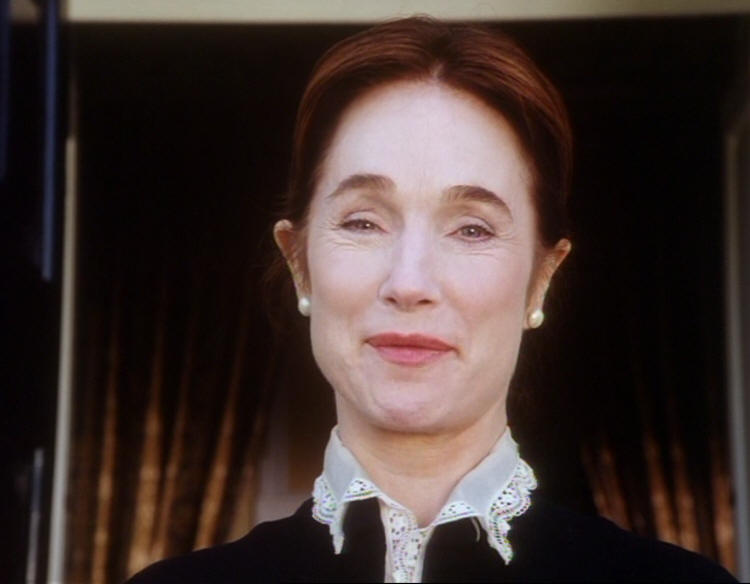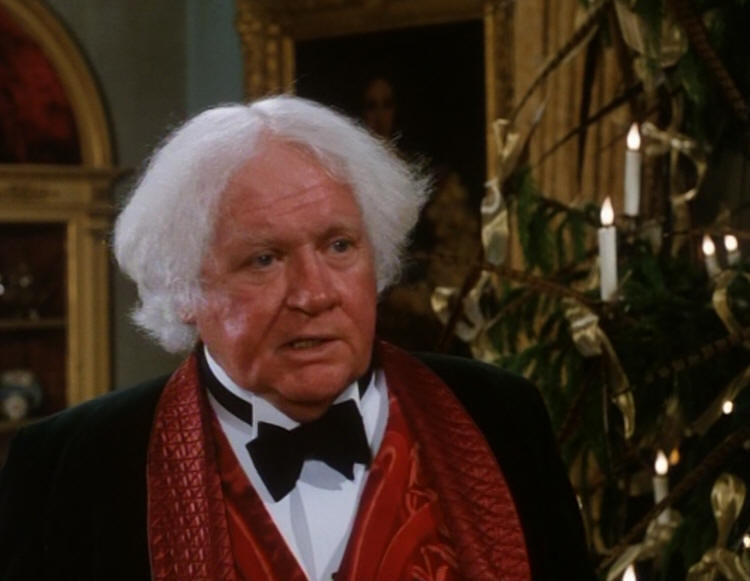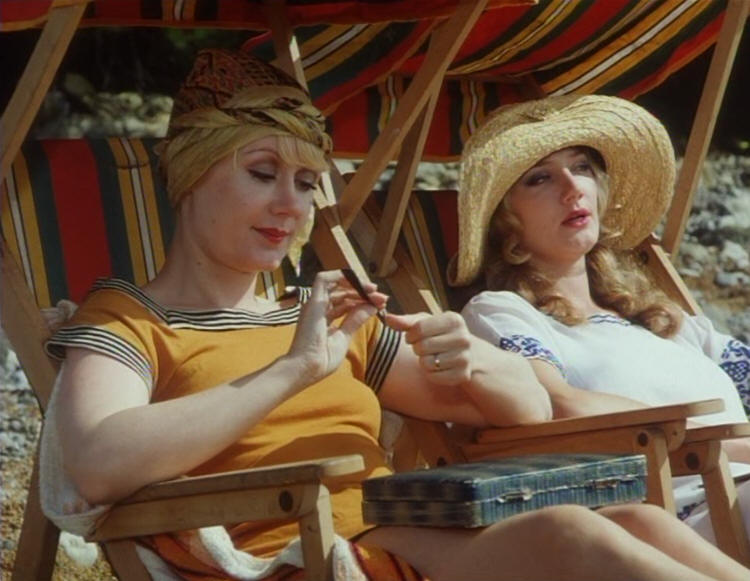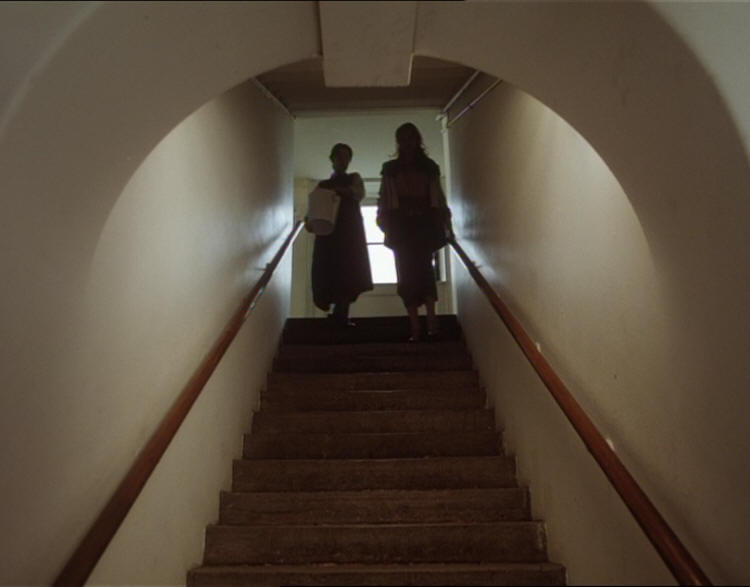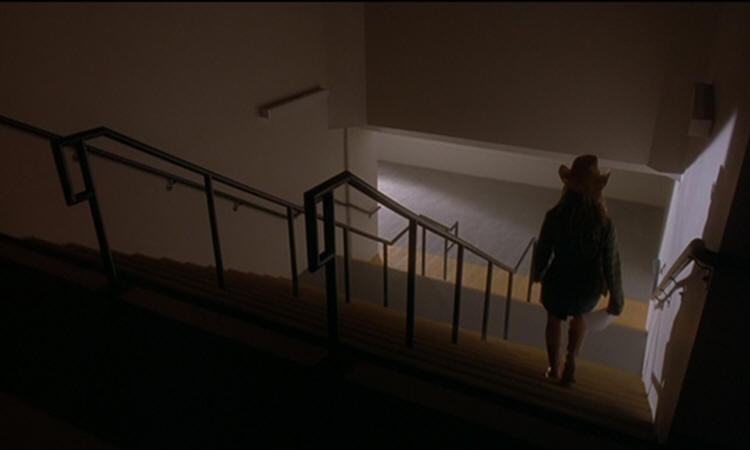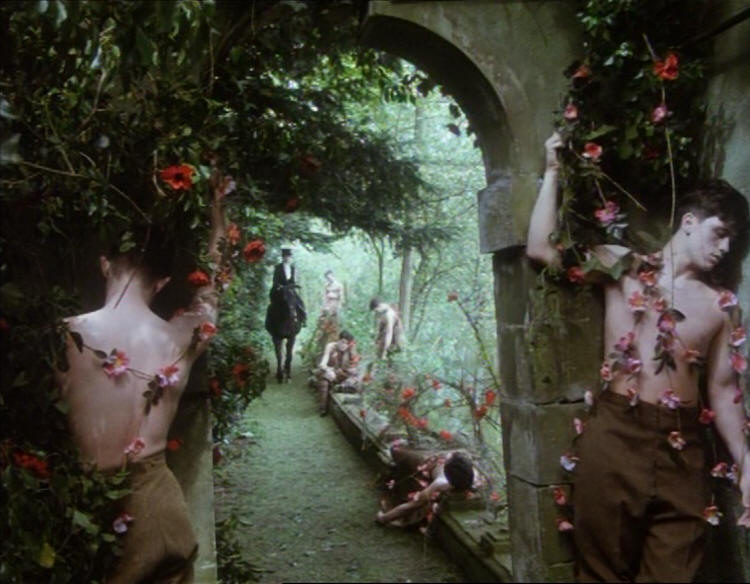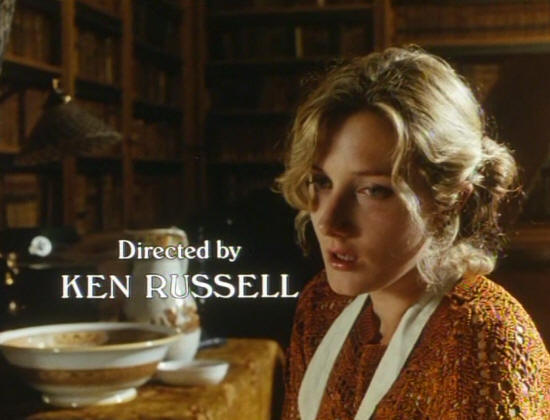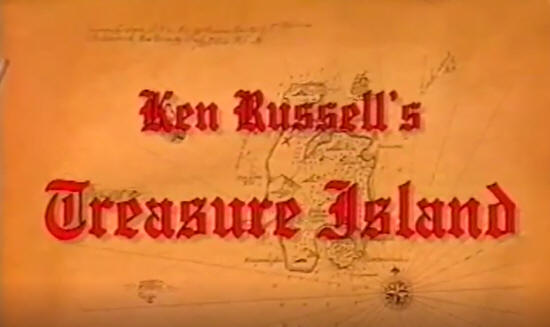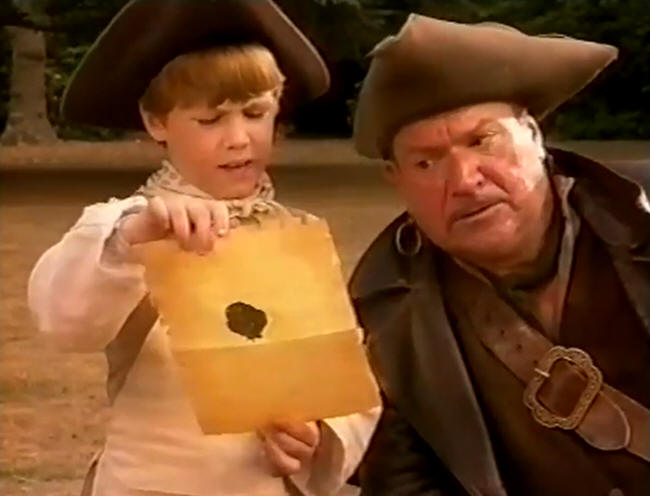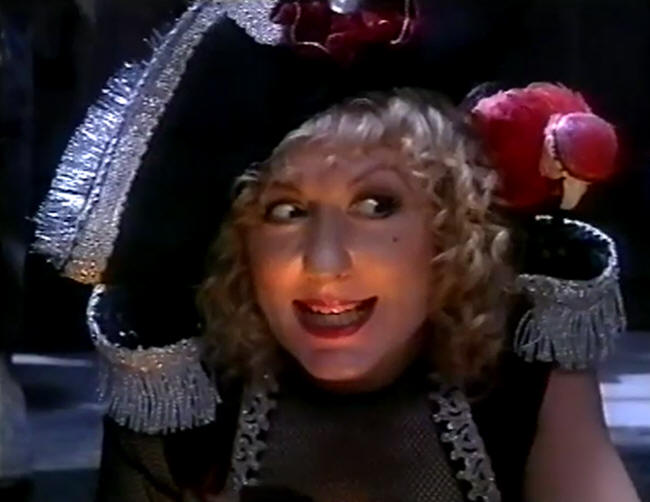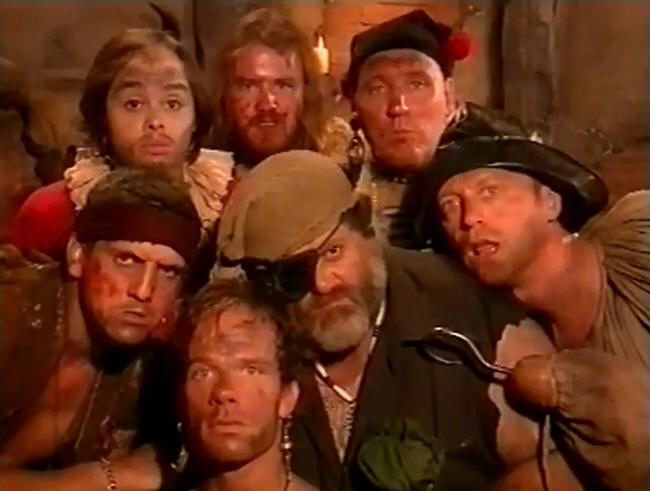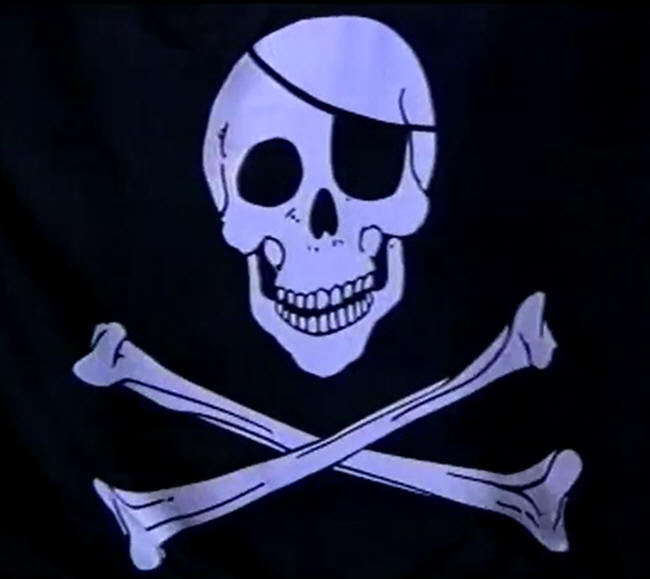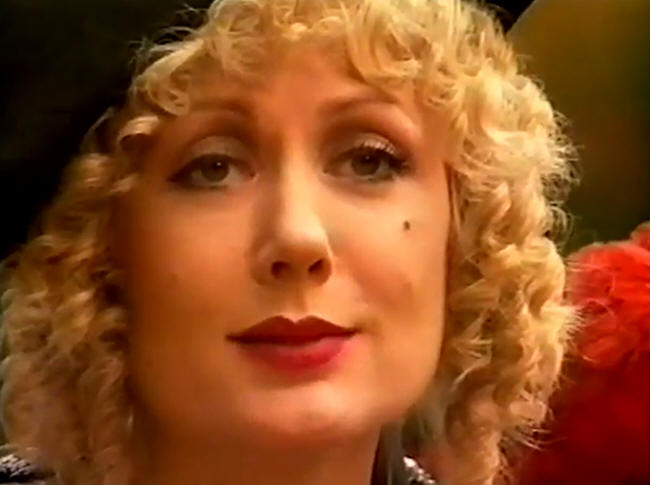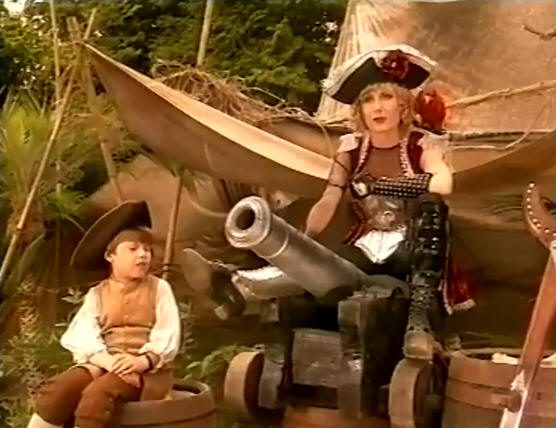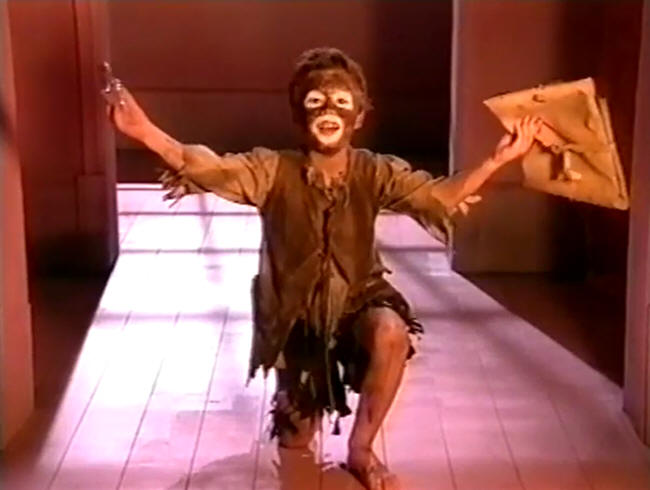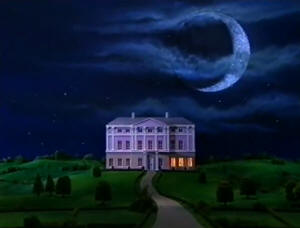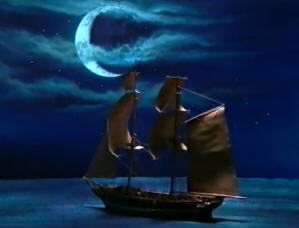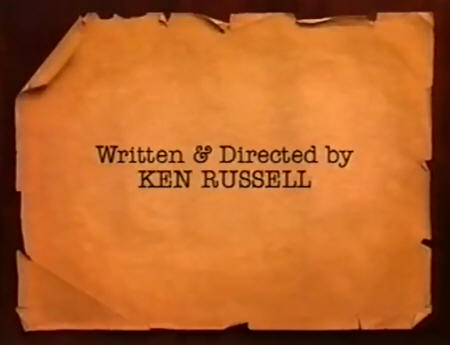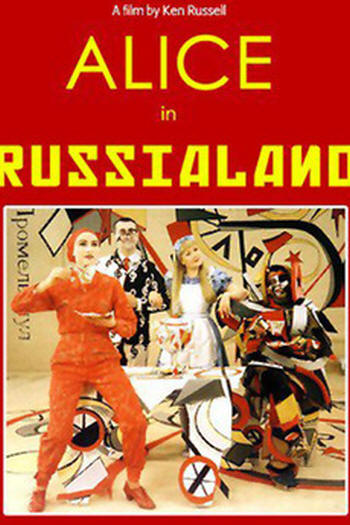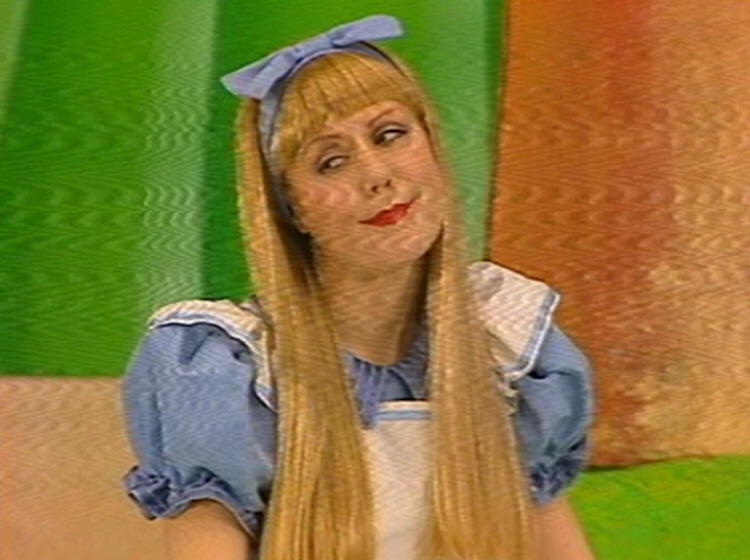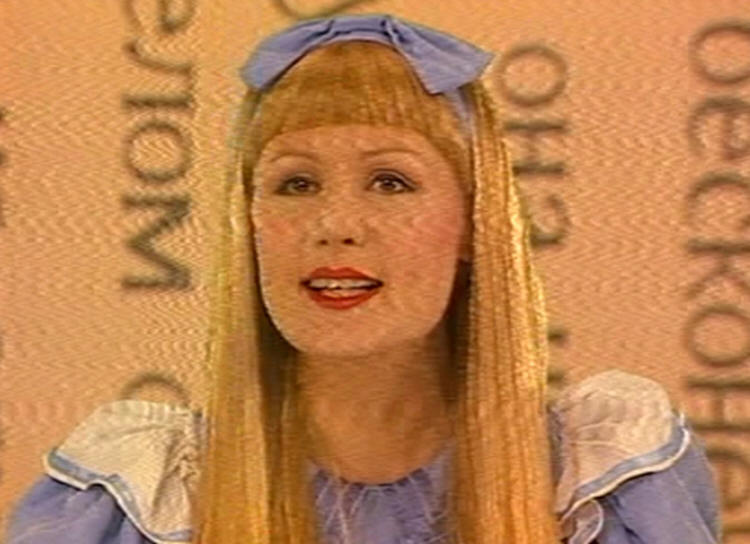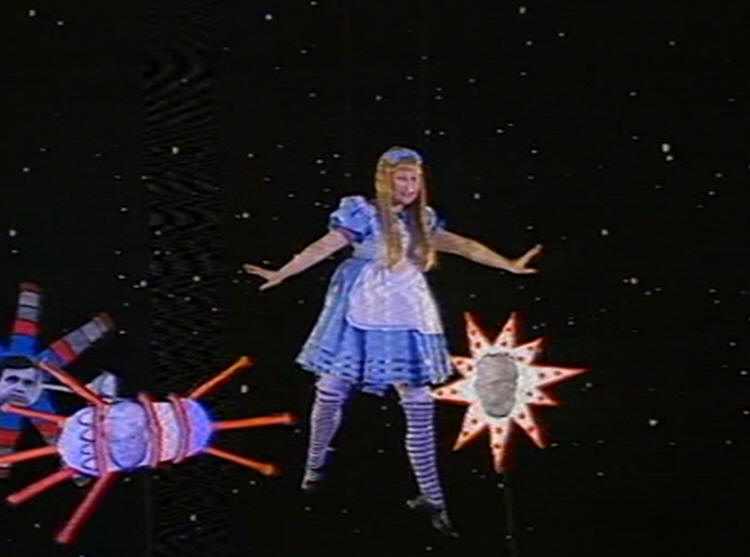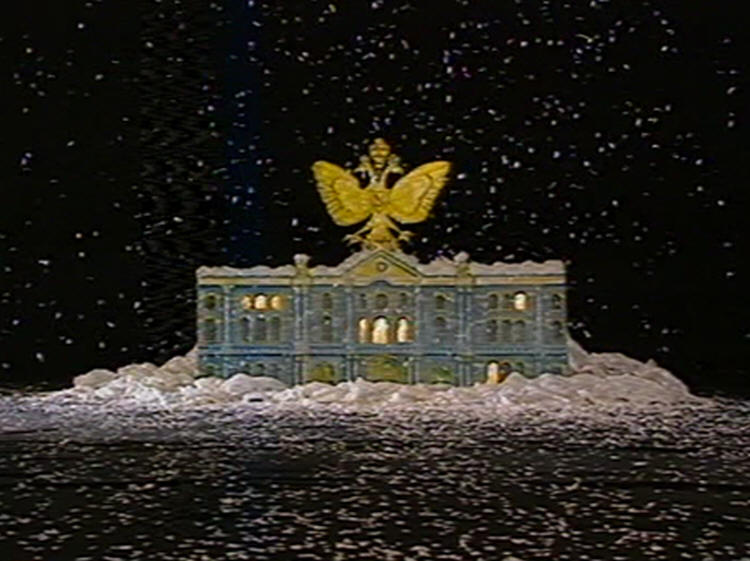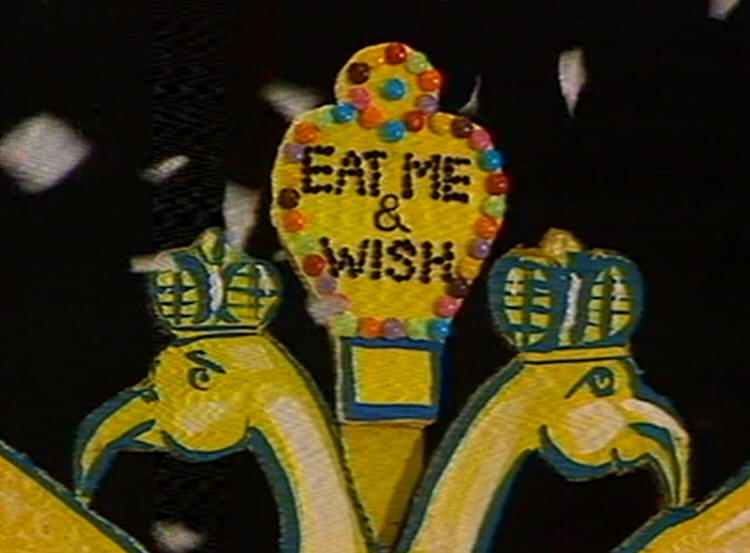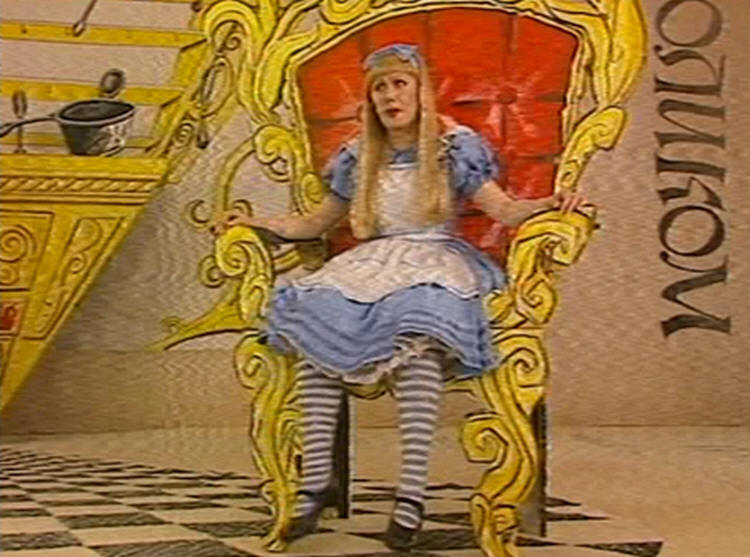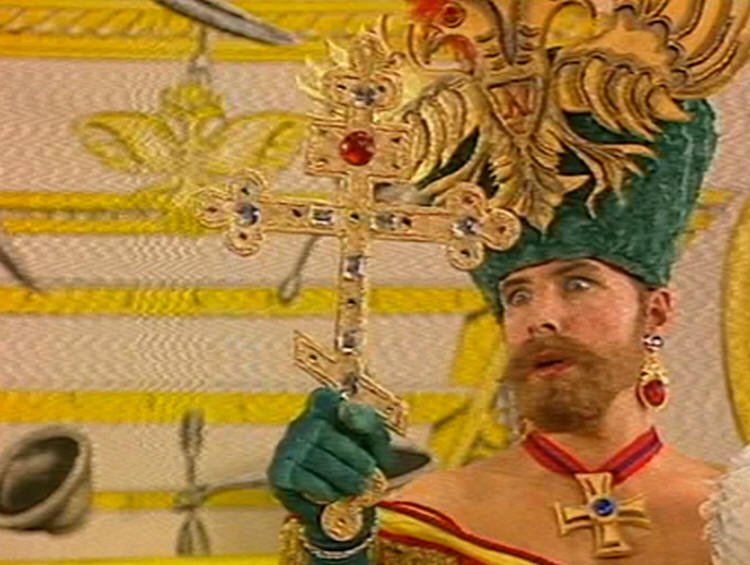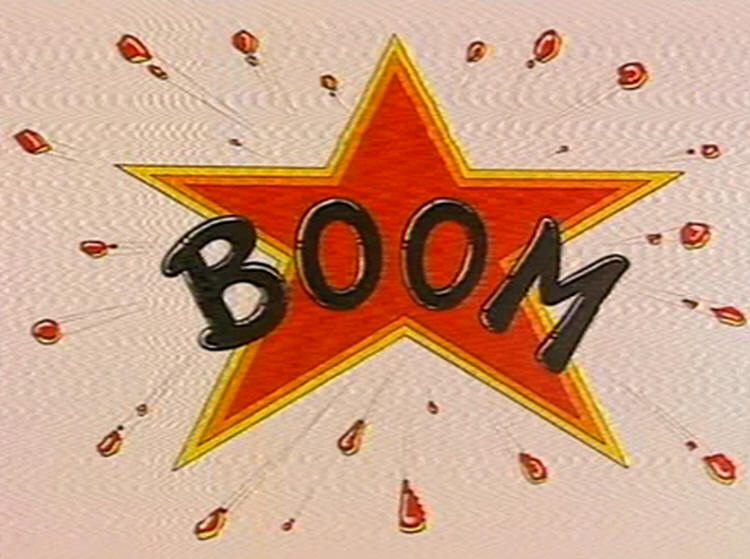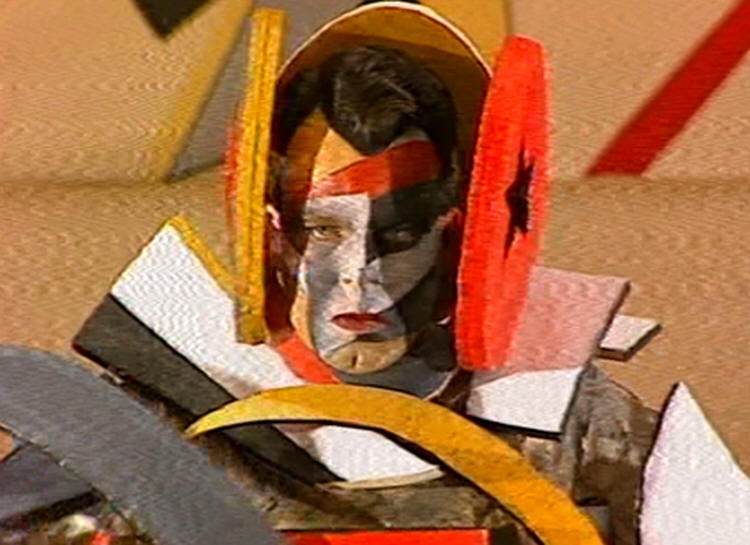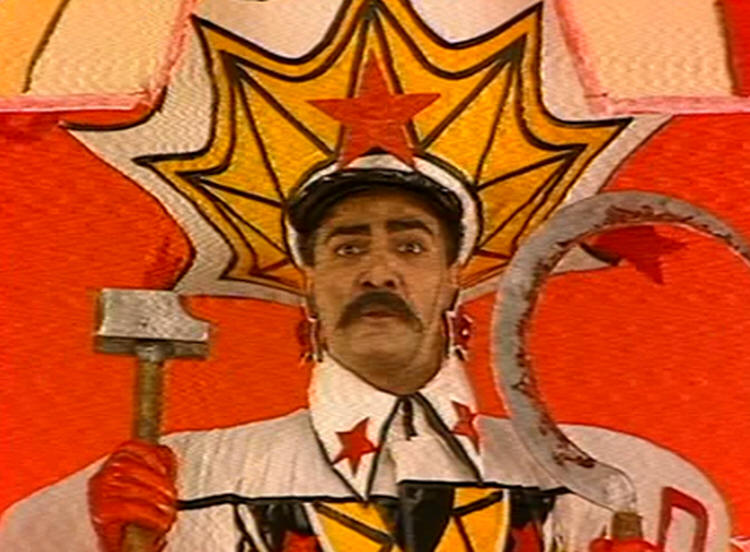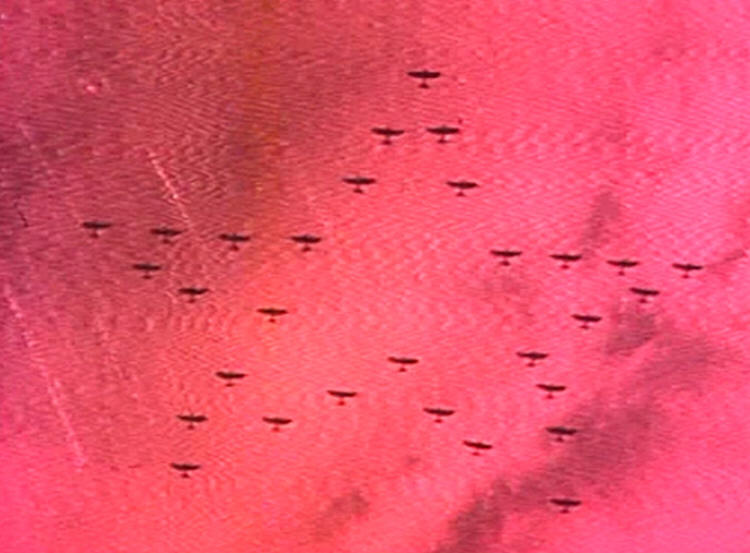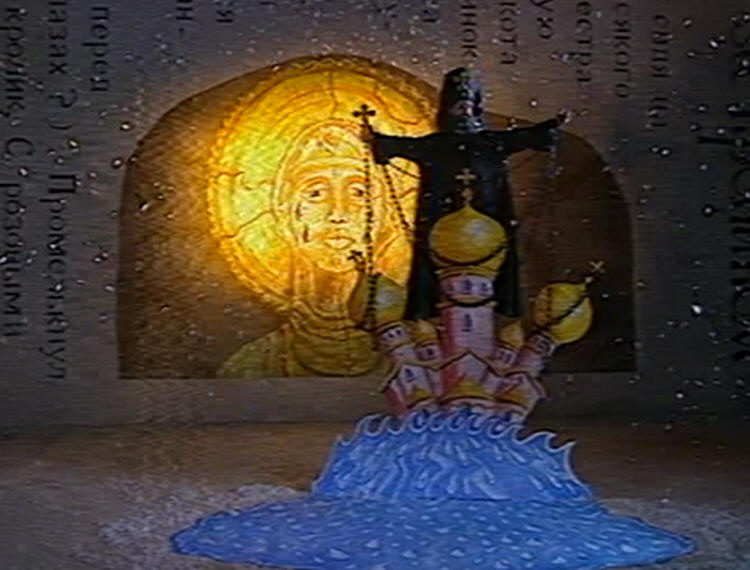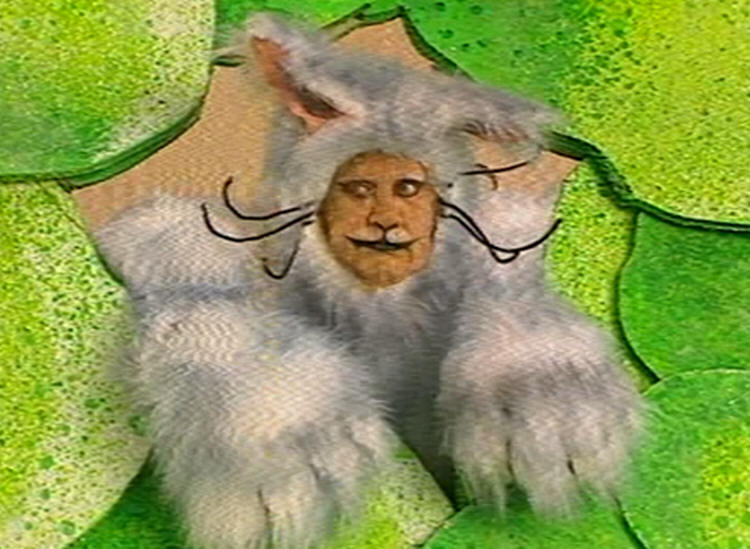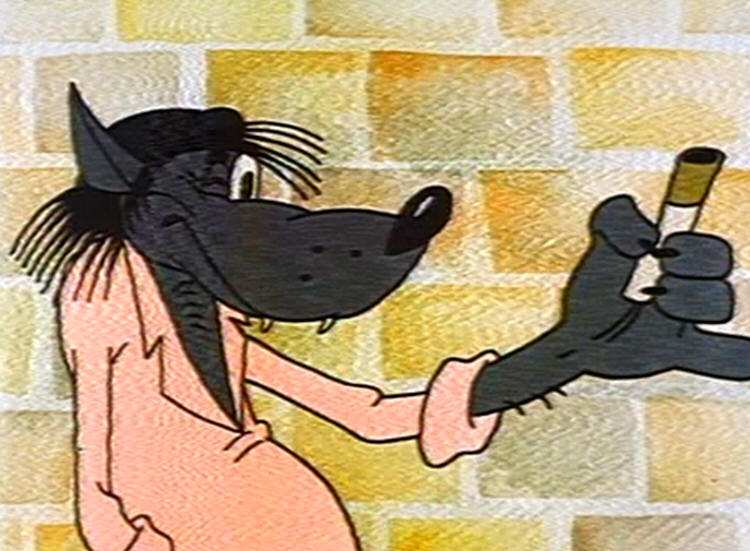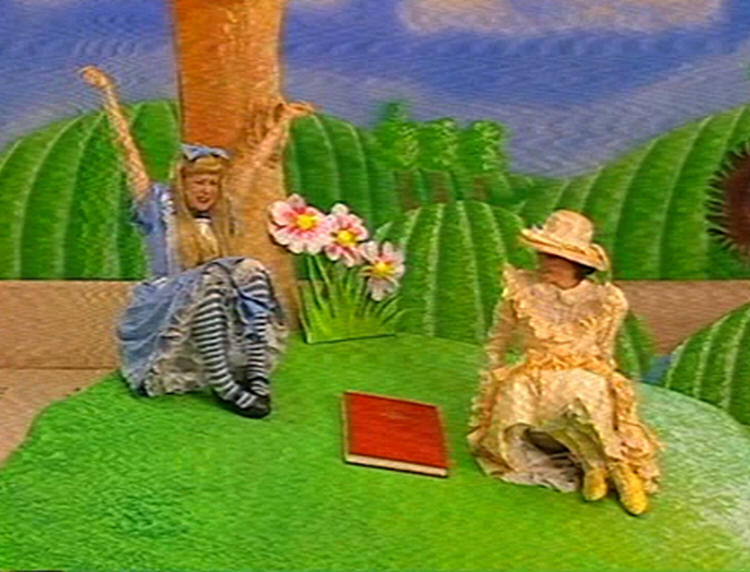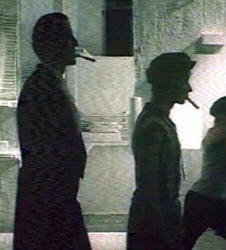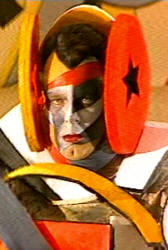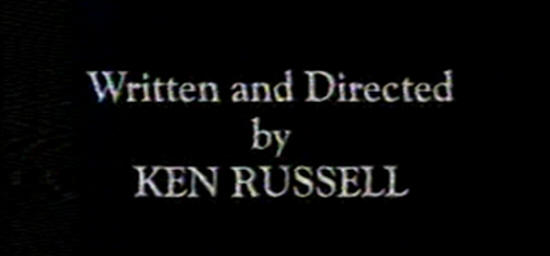|
Lady Chatterley in four episodes from 1993. More D.H. Lawrence from Ken Russell, this time Lawrence's most famous novel Lady Chatterley's Lover which was the subject of a trial to prevent its publication. The film is based on the Lady Chatterley novels (plural)- D.H. Lawrence wrote two versions of the novel before the final published version, and the film takes material from all three. This is a TV mini-series, so Ken Russell has four 50 minutes episodes to cover the story (some video releases are edited down). The television showing attracted a massive 15 million viewers. On the novel "The publication history of Lady Chatterly’s [sic] Lover provides a plot itself worthy of a novel. Published privately in 1928 and long available in foreign editions, the first unexpurgated edition did not appear in England until Penguin risked publishing it in 1960. Prosecuted under the Obscene Publications Act of 1959, Penguin was acquitted after a notorious trial, in which many eminent authors of the day appeared as witnesses for the defense... What remains so powerful and so unusual about this novel is not just its honesty about the power of the sexual bond between a man and a woman, but the fact that, even in the early years of the 21st century, it remains one of the few novels in English literary history that addresses female sexual desire. It depicts a woman’s experience of the exquisite pleasure of good sex, her apocalyptic disappointment in bad sex, and her fulfillment in truly making love. As if all this were not enough to mark Lady Chatterly’s Lover as one of the truly great English novels, it is also a sustained and profound reflection on the state of modern society and the threat to culture and humanity of the unceasing tide of industrialization and capitalism." (Sarah Dillon, Lady Chatterley’s Lover- novel by Lawrence, no date accessed 15 June 2022, Encyclopedia Britannica, click here).
Note that Encyclopedia Britannica gets the title of the novel wrong a number of times. After the trial "No other jury verdict in British history has had such a deep social impact. Over the next three months Penguin sold 3m copies of the book" (Geoffrey Robertson QC, The Guardian, 22 Oct 2010 , click here).
Lady Chatterley (Joely Richardson) is the wife of the crippled First World War hero (James Wilby). But they are apart even when in the same room. Her frustration and sensuality soon leads her to the gamekeeper (Sean Bean).
The bars of the gate indicate the forbidden passion- outside of marriage and between classes.
Passion is contrasted with sterility.
Some good lighting and photography...
... and good use of shadows.
In a scene taken from the first version of the novel, not in the published version, Mellors and Lady Chatterley hammer nails together as a sign of togetherness.
Shirley Anne Field stands out as Mrs. Bolton, at times the loyal servant, and at others like a Mrs. Danvers from Hitchcock's Rebecca, understanding everything and playing a double game for her own gain. The novel's themes of sensuality and class are in the film, but as in Women in Love, the political theme is glossed over. Russell says "Lawrence frequently repeats his imagery. In Lady Chatterley there was a sequence which called for stallions. Well I'd done stallions already in The Rainbow, but I still had to convey the point Lawrence was making, so it was a question of coming up with a new way of presenting them...Nobody complains about Lawrence repeating himself, but if I did they would be after me at once" (from DVD notes). Russell's film is professionally made, with some good photography, but it is not particularly inspired. It is too restrained, and ultimately lacks drive. Lawrence's witting can, if done badly, seem ponderous and Bean, Richardson and Wilby sound false at times- compare with the ease of Alan Bates, Glenda Jackson and Oliver Reed tackling Lawrence in Women in Love. Russell regular Judith Paris has a role as Mrs. Marshall- her many films with Russell include his filming of D.H. Lawrence's The Rainbow. Other regulars include Amanda Murray and Ben Aris, both in the Clouds of Glory films.
Russell himself appears as does his then wife Hetty Baynes (left, as Lady Chatterley's sister Hilda) and children. Xavier Russell is Supervising Editor with editor Alan Mackay and Ken Russell operates the camera himself (credited as Alfred Russell). He has long objected to the poor quality of cameramen. Russell co-wrote with the producer Michael Haggiag. There are various Russell themes: the Lawrence adaptation, steam trains, kites, a body sinking under the water, the man in a wheelchair, a woman framed by a halo hat.
A favourite Ken Russell shot- in silhouette with stairs. Compare with The Girl with the Golden Breasts (right).
And only once does Russell strike out with a bold image.
All images from the film.
Ken Russell's Treasure Island from 1995, a TV film of Robert Louis Stevenson's children's novel. The lad Jim Hawkins helps his mother at the inn, and one of their guests is pirate Billy Bones, but Bones is running from his former pirate mates, who deliver a black spot ultimatum.
Bones is killed but leaves behind a treasure map which Hawkins takes, and the local gentry arrange an expedition to find the treasure. Looking for a crew they come across Long Jane Silver played by Hetty Baynes, Ken's former wife. She becomes the ship's cook though she is actually leader of pirates.
Jane helps recruit the crew who of course are pirates.
Hetty Baynes is seductive, speaking breathlessly like Marilyn Monroe, and in homage sings Monroe's rendition of "Happy Birthday".
And Ken does include some phallic imagery.
But the film does drag. It would not appeal to children, and there is little action and the musical sequences are uninspired. It is at times like a lesser provincial pantomime. Cheap comedy also dates, such as Jim Hawkins singing Mamie in blackface.
The film clearly has a low budget, but I did like the symbolic
scenery, reminiscent of Melies' use of scenery and also Ken's Salome's Last Dance.
I am pretty negative about the film. A slightly more positive review is: "Ken Russell...wrote and directed this made-for-TV movie...like it was a Carry On film. Not to mention that villain Long John Silver is transformed into Long Jane Silver, a Madonna-like blonde with a peg leg. She and her pirate crew break into song at any cue on their quest for the buried treasure marked on a map belonging to a young boy. Faithful it's not, entertaining, that's hard to say. It's certainly different". The review is by Ryan K. Johnson and comes with kind permission from here. The film stars Hetty Baynes as Long Jane Silver, Michael Elphick as Billy Bones and Gregory Hall as Jim Hawkins. Russell regular Georgina Hale plays Mum. Ken wrote as well as directed, Maureen Murray produced, Xavier Russell- Ken's son- was editor. The director of photography was Hong Manley who did a number of films with Ken. It was a Channel 4 Christmas Eve special, but at the same time as the popular British comedy soap "Only Fools and Horses" so lost out in the ratings. It has since been repeated at least once.
All images from the film.
Alice in Russialand from 1993, a sort of documentary TV film about Russia (mainly the USSR) and the Russians.
Hetty Baynes, then Ken's wife, returns again in this film about Russia using Alice in Wonderland as a framework. Hetty, aged 50, is Alice.
The Alice in Wonderland themes continue.
Tsar Nicholas II makes an appearance. Holding up a cross like this crops up in a number of Ken's films.
We move from historic pre-revolution Russia to the Russia of Post Revolutionary Art. At first it seems if Ken is going to cover major aspects of Soviet life, such as art, work, revolution and justice.
A good image of art coming to life.
Stalin appears regularly with his hammer and sickle.
A patriotic formation of planes from a Soviet propaganda film, and below religion is tackled briefly but with a beautiful image.
The second half of the film is weak, mostly consisting of clips or full videos from existing Soviet rock music videos or experimental noise installations. The videos are not of interest and the film does become tiring.
Not really recognisable, but the dialogue in the film suggests the hare is Ken. Ken does some of the voiceover, initially in a bad American accent when he covers emigrants to the USA- "kindly drop that phony accent" says Alice.
A Russian cartoon.
Finally Alice awakens. Amanda Ray King plays Alice's sister and previously had a small part in Ken's The Mystery of Doctor Martinu. Other credited actors are Oliver Haden, Peter Majer, Stephen Rouse, Hannah King (who was also in The Mystery of Doctor Martinu), Steve Pemberton, Yuri Stepanov and Ken and Hetty's youngest child Rex as a baby.
The editor is Ken's son Xavier Russell and Director of Photography is Hong Manley. Music includes:
All images (poorer quality, sorry) from the film. |
